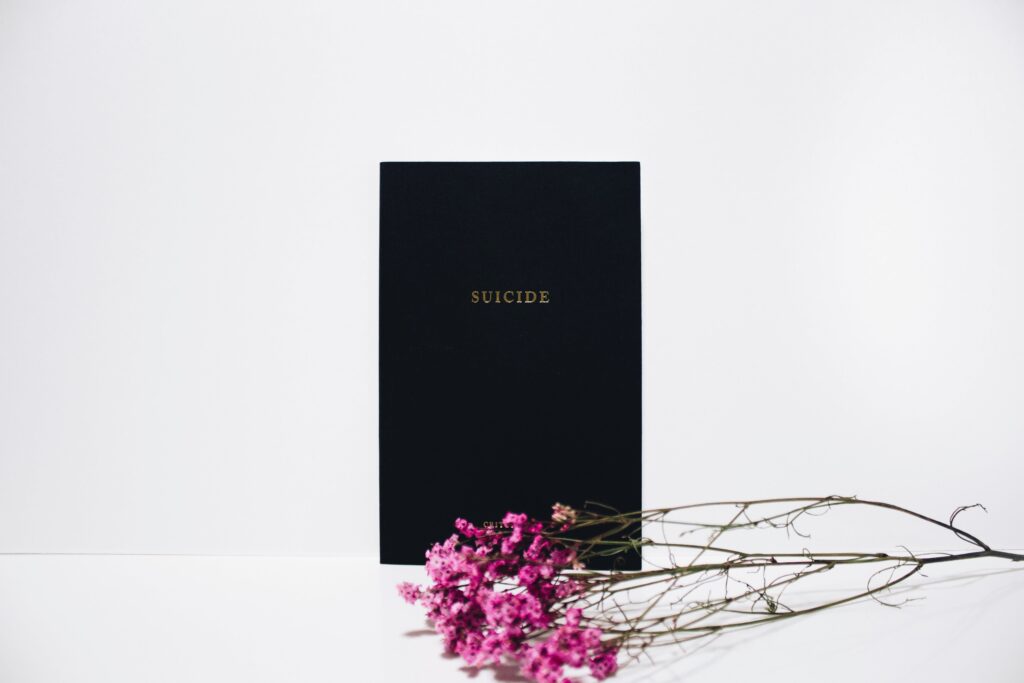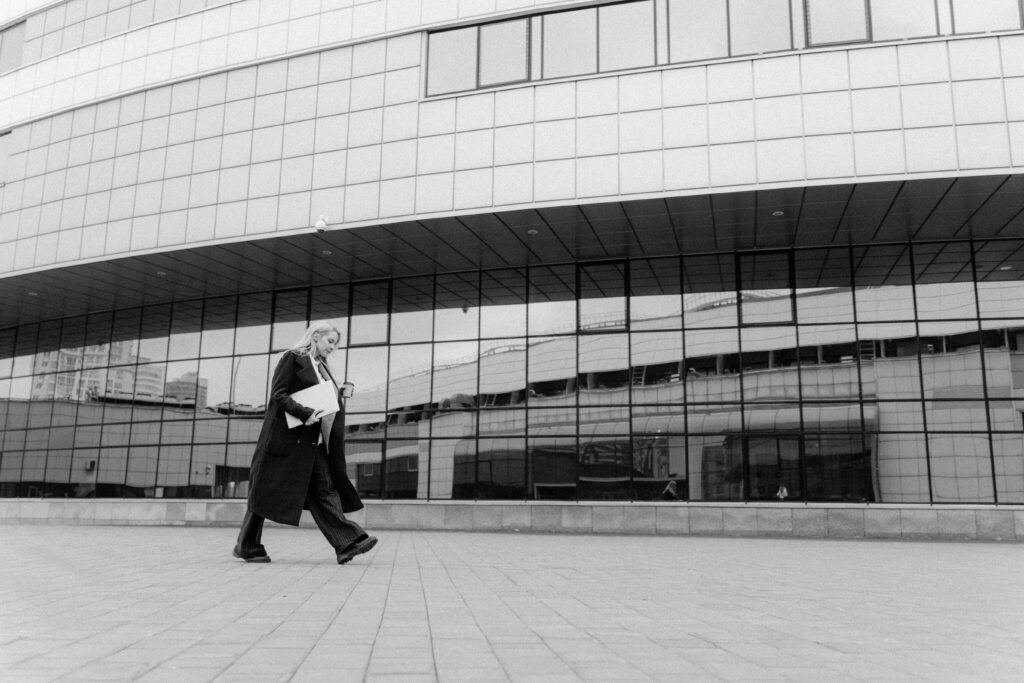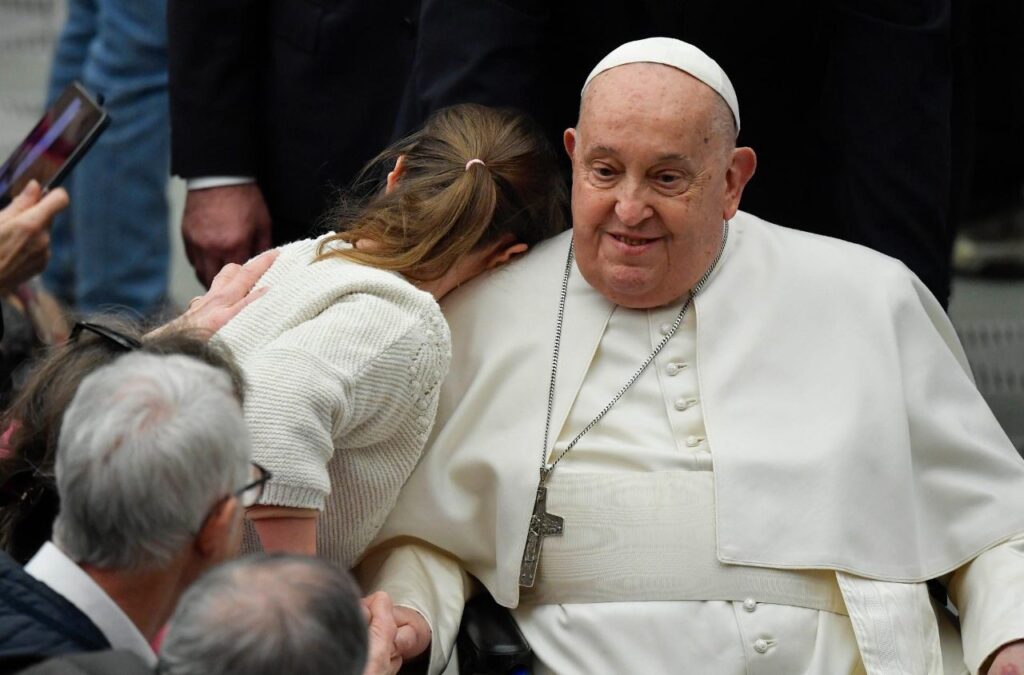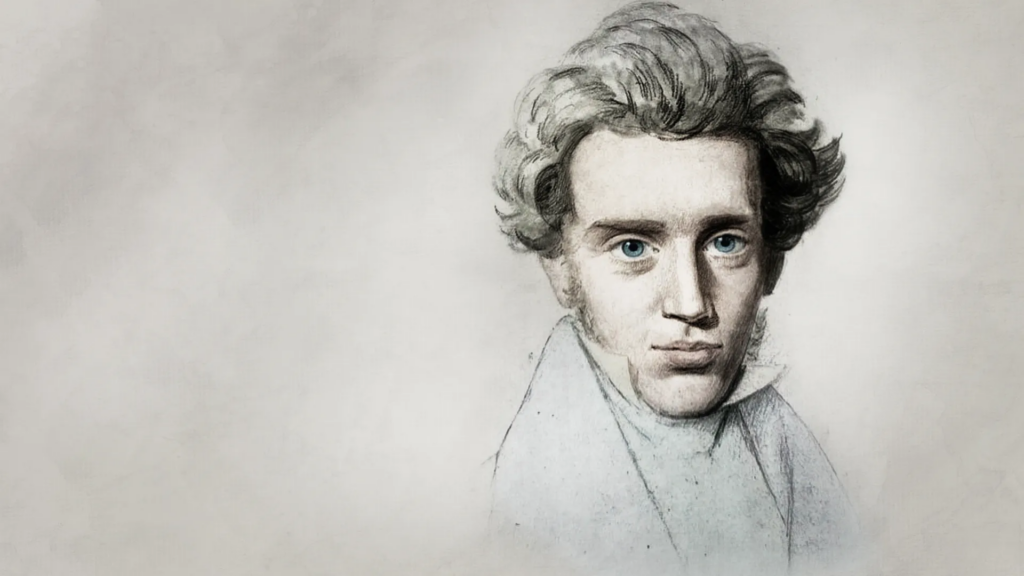Is there a right to suicide?
Grégor Puppinck, director of the European Center for Law and Justice, based in Strasbourg and accredited before the European Court of Human Rights (ECHR), has recently stated that “the European Court of Human Rights is building step by step a right to voluntary death through an ingenious jurisprudential construction that, through ambiguous citations, leaves in […]

Grégor Puppinck, director of the European Center for Law and Justice, based in Strasbourg and accredited before the European Court of Human Rights (ECHR), has recently stated that “the European Court of Human Rights is building step by step a right to voluntary death through an ingenious jurisprudential construction that, through ambiguous citations, leaves in the void a right not only absent from the European Convention on Human Rights but also contrary to its letter and the intention of its drafters”.
On November 28, Puppinck published in the magazine Genethique a report on the evolution of the legislation regarding assisted suicide dealt with by the European Court of Human Rights.
The report begins by explaining the motivation behind his study. “A former lawyer at the European Court of Human Rights showed me a sheet of paper presenting the past stages of the Court’s jurisprudence on euthanasia. This sheet also included the future steps that lead to the progressive recognition, sentence after sentence, of a human right to voluntary death.”
After studying these statements by Puppinck, he confirms the existence of an “ingenious construction” towards the legalization of assisted dying.
The report explains how, through successive interpretations, the Court has made use of Article 8 of the European Convention on Human Rights – which protects private and family life – to support assisted suicide, interpreting said article broadly to affirm new rights or prevent the expulsion of foreigners, leaving indifferent Article 2, which explains how death cannot be intentionally inflicted on anyone.
Grégor Puppinck explains that “the method is simple: it is enough for the Court of Justice to frame a situation or practice in the field of private or family life to force States to justify their restrictive legislation and decisions in this field.”
Between 2002 and 2013, the ECHR ruled on a series of cases about several people requesting euthanasia, through which Article 8 was used, stating that “States had to justify on a case-by-case basis their refusal to supply poisons to the appliers”. With the only limitation of article 2, where a person must be prevented from “ending his life if his decision is not made freely and with full knowledge of the facts.” Therefore, the Court, citing a quote from a Swiss court, recognized “the right of a person to decide in what way and when he should end his life, provided that he can freely form his will in this regard and act accordingly in consequence“.
As Grégor Puppinck explains, “this conception, individual and relative, replaces that of “inherent” human dignity and, therefore, universal and absolute, on which post-war human rights were based”, stating that, of course, in this way, the will of the individual is placed before moral prohibitions, including that of killing.
The second step, once the practice of euthanasia spread throughout Europe, was to clarify whether the voluntary act of killing a third party is contrary to article 2, in that “death cannot be intentionally inflicted on anyone.” To do this, the European Court of Human Rights took advantage of the Mortier v. Belgium case in 2022. It extrapolated previous jurisprudence, reaffirming the right of a person to decide how and when their life should end, but in a truncated way, without citing the rest of the phrase that specifies the conditions provided for that right: “as long as [the person] can freely form his will in this regard and act accordingly,” explains Grégor. Likewise, the ECHR used the acceptance of abortion as support for the acceptance of euthanasia.
Finally, Grégor affirms that there are already 34 cases ready and pending as a method to influence the national legislative process, so that it is forced to advance in the recognition of euthanasia.
Bioethical assessment
The fact that an individual can freely form and express his will in any matter is not a sufficient condition to legitimize that decision and, even less so, its execution. The criterion used in the consideration of abortion as a right and which now seems to want to be extended to the case of euthanasia, is based on an erroneous conception of the principle of principled autonomy, which is hypertrophied until it becomes the only criterion for the ethical acceptability of an option, individual. Freedom of choice requires requirements so that can be considered as such and restrictions must also be applied to it, depending on the good of other individuals.
A free choice must be conscious, well-informed, that is, with sufficient access to the truth of what is being chosen, including knowledge of the available alternatives and the consequences of each possible option, both on the individual themselves and on their loved ones similar.
The conditions in which self-harming decisions (suicide) are made are frequently conditioned by psychological or psychiatric disorders that prevent the adoption of responsible and well-informed criteria. But, furthermore, even if this capacity for free and responsible decision-making remained intact, the possibility that the result of this decision would be harmful to the individual himself or to others, constitutes a clear limitation to the exercise of his autonomy. That is why, after a suicide attempt, all available means are applied to try to save the life of the suicidal person and prevent him from repeating his attempt.
It must be insisted, therefore, that the fact that an individual can freely form his will and act accordingly, as previously stated, does not simply consist of opting for one possibility or another, but that this “freely forming the will” is much more complex, as detailed.
But ignoring these limits that must be applied to any autonomous decision-making capacity means crossing the red line of “primum non nocere”, first doing no harm, which must be the basis of all bioethical assessment.
If we consider the fact that it is consciously adopted, ignoring its consequences, sufficient for an option to be ethically acceptable, we will have to cancel ethics as a guide to the conduct of human beings, who will live locked in their own criteria, which can be arbitrary, erroneous, unstable or harmful.
Finally, we do not want to ignore the regrettable fact that an organization such as the European Court of Human Rights defends a right to voluntary death instead of a right to life, the most human of rights.
Julio Tudela – Paloma Aznar – Life Sciences Institute – Bioethics Observatory – Catholic University of Valencia
Related

Reversing Social Deterioration: A Task That Begins in Business Management
Alejandro Fontana
25 April, 2025
4 min

The Revolution of Tenderness
María Elizabeth de los Ríos
25 April, 2025
3 min

His Hope Does Not Die!
Mario J. Paredes
24 April, 2025
6 min

The Religious Writer with a Fighting Heart
Francisco Bobadilla
24 April, 2025
4 min
 (EN)
(EN)
 (ES)
(ES)
 (IT)
(IT)

